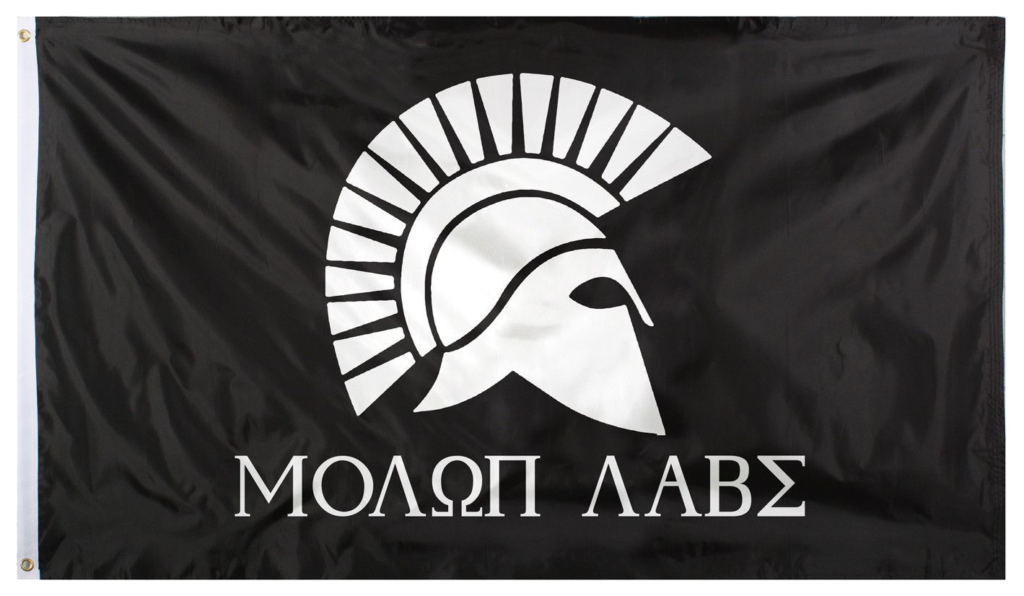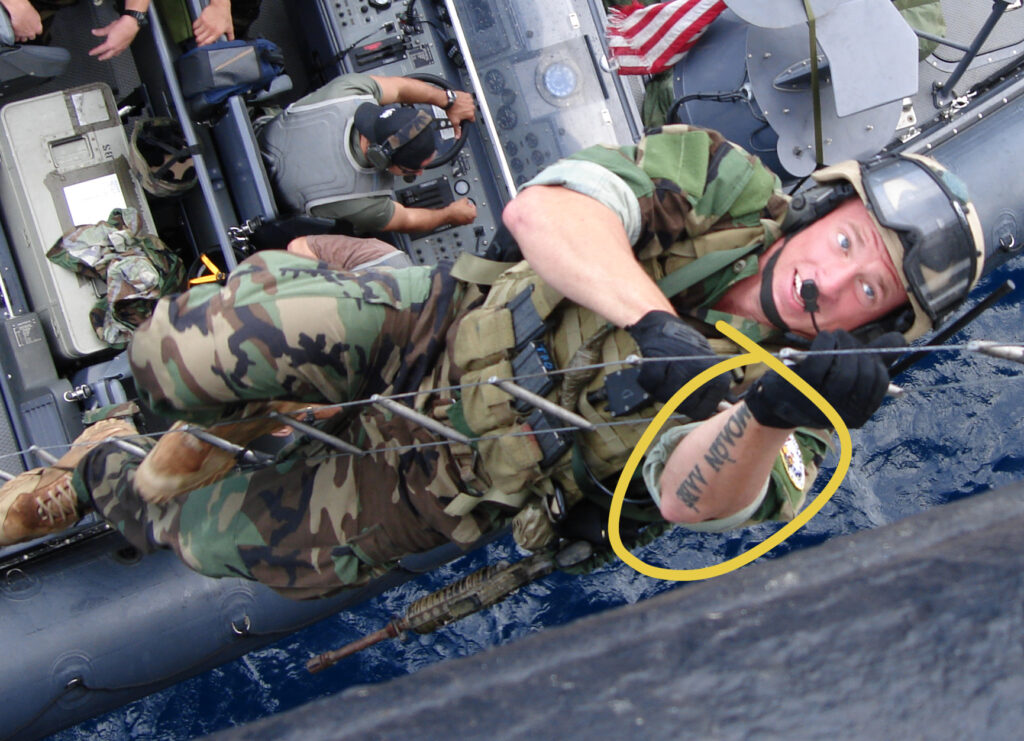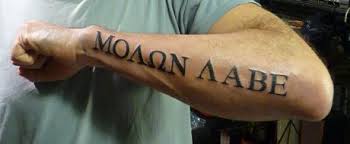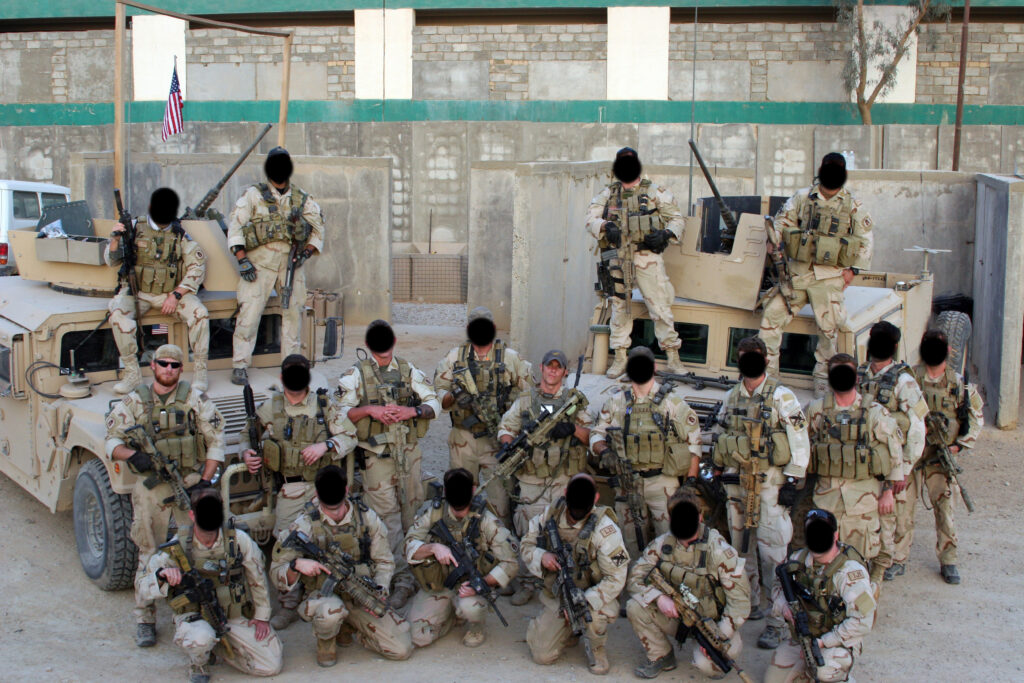
We’re often asked to explain the meaning of our name, Operation 300. We hope this helps:
OPERATION: When Navy SEALs go to battle, their missions are called “operations.” In turn, SEALs are known as Operators…Special Operators. This organization was founded in honor and memory of Special Operations Chief (SEAL) Aaron Vaughn who gave his life—as a member of SEAL Team VI—on a battlefield in Afghanistan. It only made sense that “Operation” would be part of our name.
300: Aaron’s favorite book of all time was Gates of Fire by Steven Pressfield. This book captured the stories of unbridled heroism displayed by King Leonidas and his 300 Spartans. These mighty men of valor (commonly referred to as “The 300”) stood in the gap for the people of Greece against the relentless attacks of King Xerxes and his massive Persian army, ultimately losing their lives in the legendary Battle of Thermopylae.
Like the 300, Aaron and his brothers stood in the gap for the people of this nation. All those who’ve worn a uniform in times of war have done the same…either offering or giving their lives to and for a purpose greater than themselves.
After Aaron’s death our family realized it was now our turn to stand in the gap. Not for the nation, but for the ones left behind when a man or woman makes the ultimate sacrifice on behalf of the nation.
Thus, Operation 300
We extend our most sincere gratitude to those who stand in the gap alongside us,
~ The Vaughn & Baldwin Family

The AV logo was developed to represent and stand for SOC (SEAL) Aaron Vaughn. This logo is used throughout the foundation to never forget why this organization was founded and to pay respect to Aaron’s ultimate sacrifice. This is represented by the gold star within the logo. You will see this logo used throughout Op300 on merchandise, signage, and stickers.



The Greek philosopher and biographer Plutarch (AD 46–119) attributed the expression to Leonidas I, king of Sparta, the warrior Greek city-state. During the Greco-Persian Wars, Xerxes I, the King of the First Persian Empire, was determined to conquer Greece. The Athenians and the Spartans led the resistance, but Xerxes’ army greatly outnumbered them.
Herodotus estimated that Persians had more than one million men at their disposal. More recent accounts place the number at closer to 150,000, but this was still a significant force to be reckoned with. Leonidas led a Greek army of approximately 7,000 men, including 300 Spartans.
Before the Battle of Thermopylae in 480 BC, Xerxes I wrote to Leonidas demanding that the Spartans surrender their arms. Leonidas replied, “Molon Labe,” which translates to “Come and take them” in English. Despite being outnumbered during the subsequent battle, the allied Greek forces held back the Persians for three days before the rearguard was annihilated and Leonidas’ army destroyed.
Spartan culture was centered on loyalty to the state and military service. At age 7, Spartan boys entered a rigorous state-sponsored education, military training, and socialization program. Known as the Agoge, the system emphasized duty, discipline, and endurance. Although Spartan women were not active in the military, they were educated and enjoyed more status and freedom than other Greek women.
Unlike such Greek city-states as Athens, a center for the arts, learning and philosophy, Sparta was centered on a warrior culture. Male Spartan citizens were allowed only one occupation: soldier. Indoctrination into this lifestyle began early. Spartan boys started their military training at age 7, when they left home and entered the Agoge. The boys lived communally under austere conditions. They were subjected to continual physical, competitions (which could involve violence), given meager rations and expected to become skilled at stealing food, among other survival skills.
The Spartans’ constant military drilling and discipline made them skilled at the ancient Greek style of fighting in a phalanx formation. In the phalanx, the army worked as a unit in a close, deep formation, and made coordinated mass maneuvers. No one soldier was considered superior to another.

Operation 300
9405 SW Kansas Ave
Stuart, FL 34997
Copyright © 2025 op300.org